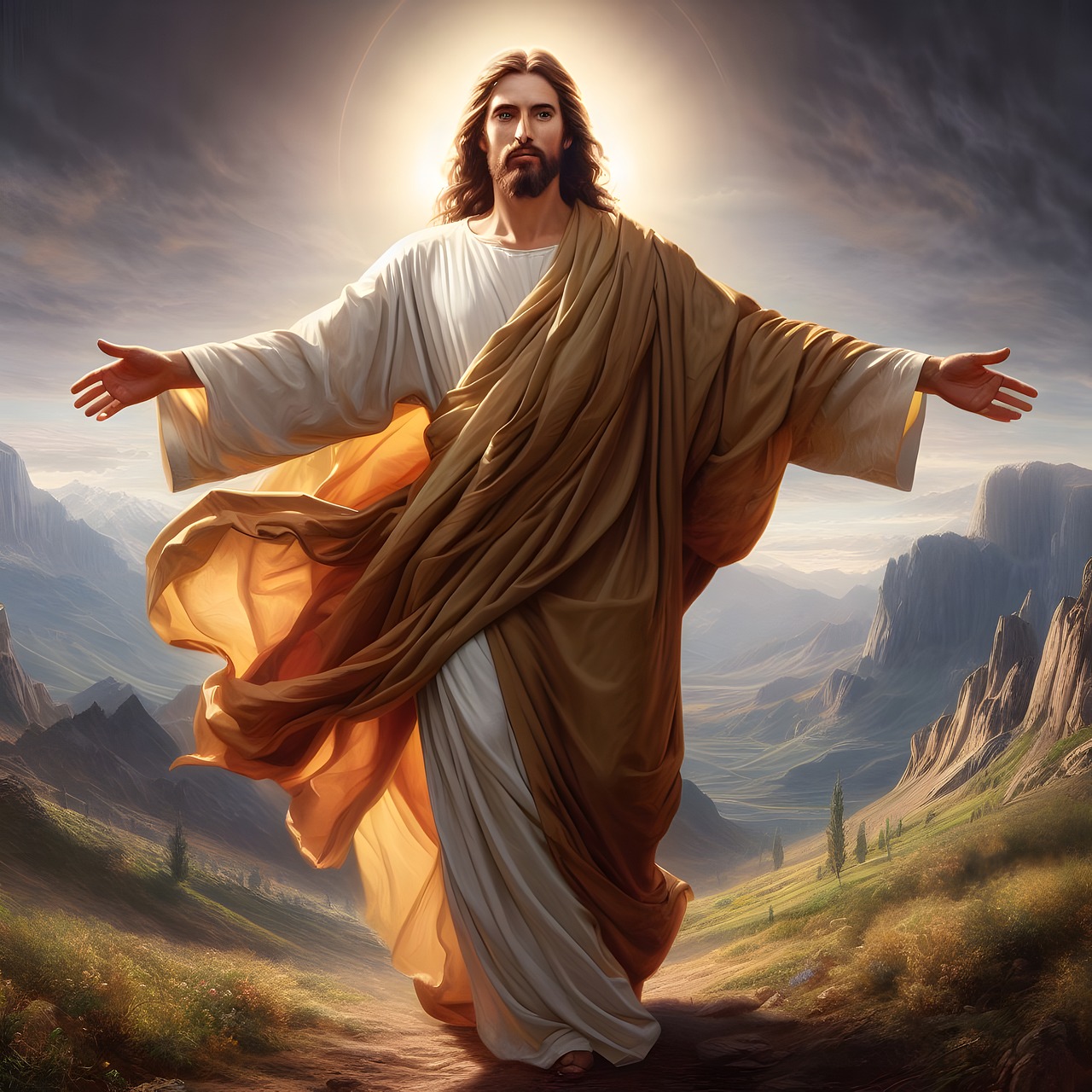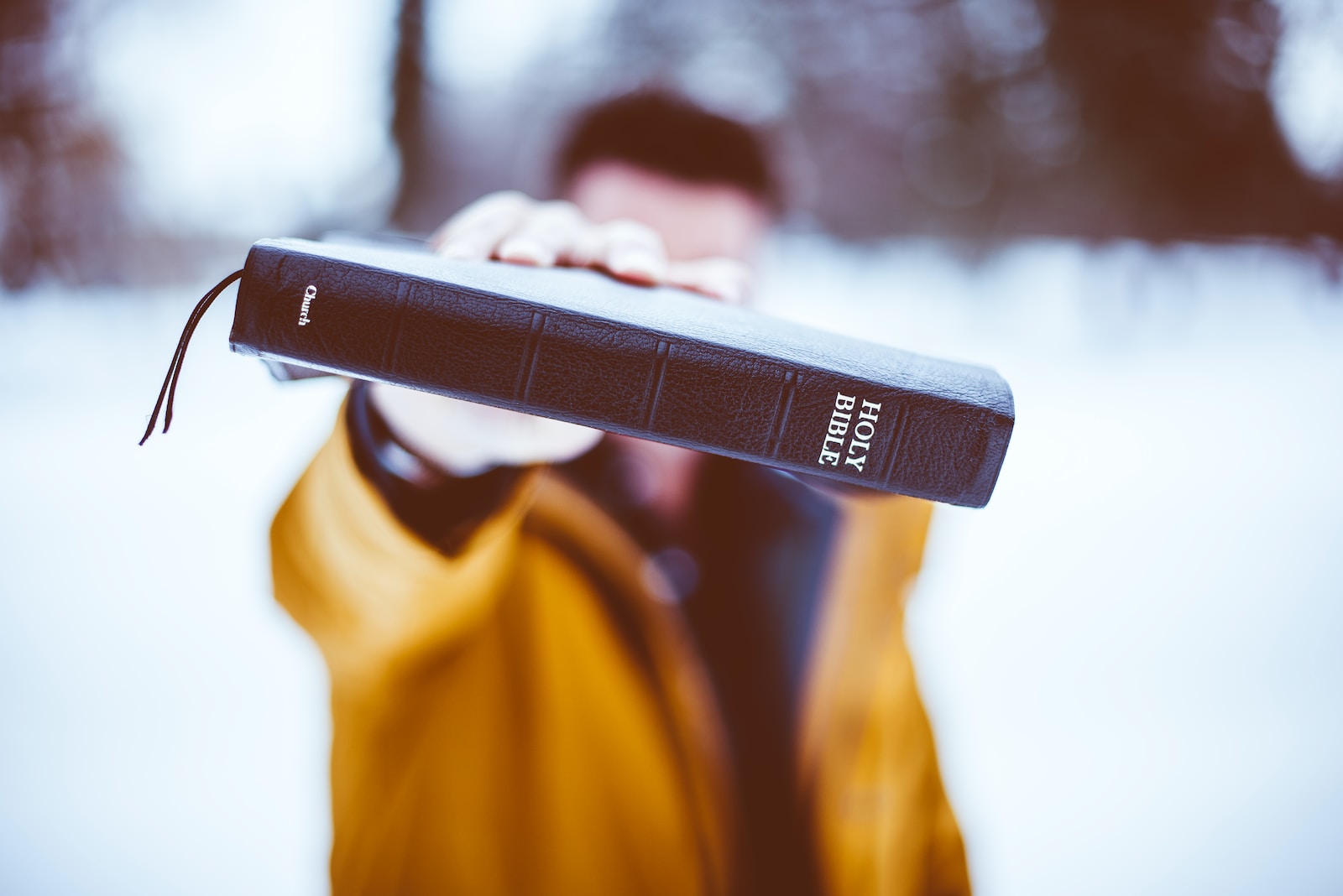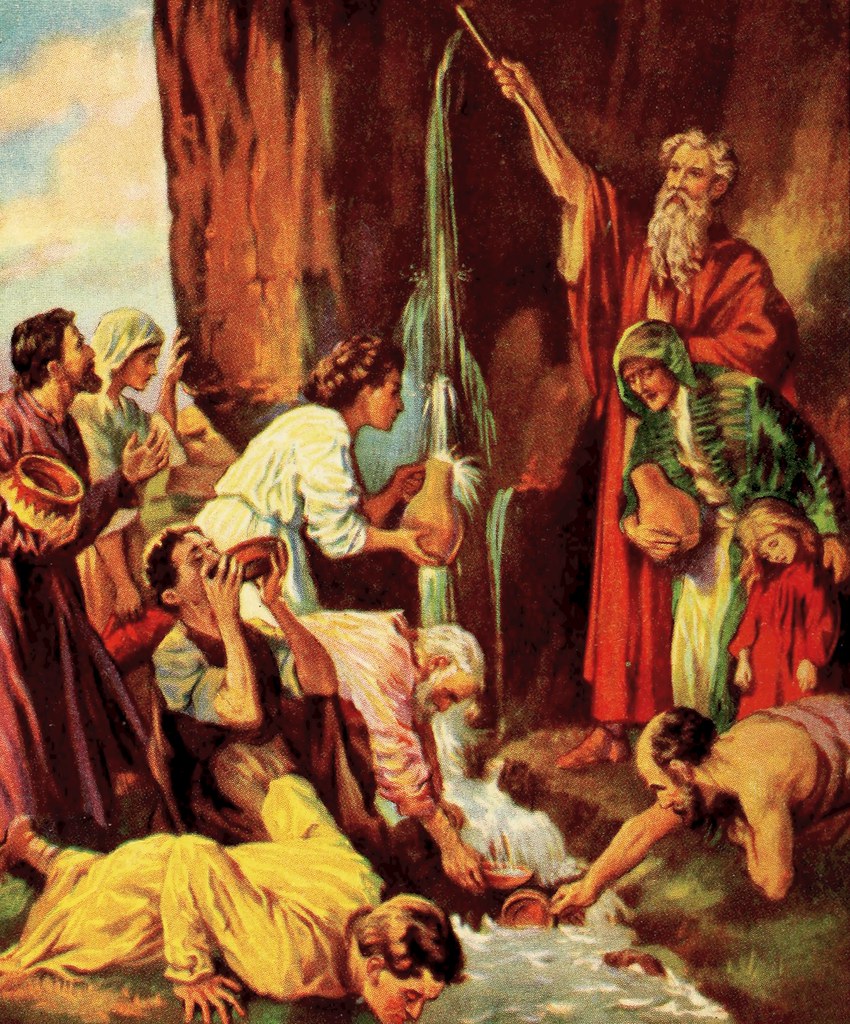Isaiah Chapter 3: Societal Turmoil and the Prophetic Call for Messianic Restoration
Introduction
The book of Isaiah holds significant importance in the religious context. It is a prophetic book in the Old Testament, attributed to the prophet Isaiah. The book contains prophecies about the coming of the Messiah and the restoration of God’s people. Isaiah Chapter 3 specifically addresses societal turmoil and the prophetic call for Messianic restoration in Jerusalem and Judah.
Overview of Isaiah Chapter 3
Isaiah Chapter 3 focuses on the societal turmoil and the prophetic call for Messianic restoration in Jerusalem and Judah. The chapter highlights the consequences of the people’s sins and the need for repentance. It also provides a glimpse into the future restoration and God’s judgment against the wicked.
One example of the societal turmoil in Isaiah Chapter 3 is the removal of competent leaders and the appointment of inexperienced rulers. This lack of capable leadership leads to confusion and disorder, further exacerbating the overall state of turmoil.The breakdown of order and the oppressive environment in Jerusalem and Judah reflect the consequences of their disobedience to God.
The chapter also emphasizes the prophetic call for Messianic restoration.It offers hope for the future and emphasizes the need for repentance and turning back to God’s ways.The prophetic call points to the coming of the Messiah, who will bring about restoration and salvation. The Messiah is described as the shoot that sprouts from the destroyed stump of Israel, bringing wisdom and guidance to the nation. This imagery symbolizes the hope of restoration and renewal after a period of turmoil and judgment.
Societal Turmoil in Isaiah Chapter 3
Isaiah Chapter 3 vividly describes the societal turmoil in Jerusalem and Judah, which was brought upon by their disobedience to God. As a consequence, God takes away food and water from Jerusalem and Judah, leading to an oppressive and chaotic environment. Competent leaders are removed, and children and babies are given authority, resulting in a breakdown of order.
For example, the removal of competent leaders and the appointment of inexperienced rulers is a clear manifestation of the societal turmoil in Jerusalem and Judah. This lack of capable leadership leads to confusion and disorder, further exacerbating the overall state of turmoil. The consequences of these actions are profound, affecting the stability and well-being of the entire society.
Moreover, the oppressive environment caused by the deprivation of basic necessities like food and water further adds to the societal turmoil. When essential resources are scarce, people become desperate and are willing to go to great lengths to secure their survival. This leads to an increase in crime, conflict, and overall social unrest.
Prophetic Call for Messianic Restoration
Isaiah Chapter 3 contains a powerful prophetic call for Messianic restoration, offering hope for the future. It emphasizes the need for repentance and turning back to God’s ways. The chapter points to the coming of the Messiah, who will bring about restoration and salvation.
The prophetic call for Messianic restoration serves as a reminder that despite the dire circumstances and societal turmoil, there is hope for a better future. It highlights the importance of repentance and turning back to God’s ways as a means of finding redemption and restoration.
The Messiah, as described in Isaiah Chapter 3, is the shoot that sprouts from the destroyed stump of Israel. This imagery signifies the promise of new life and growth emerging from a seemingly hopeless situation. The Messiah brings wisdom and guidance to the nation, offering a path towards healing and restoration.
Relevance and Significance of Isaiah Chapter 3
Isaiah Chapter 3 holds great relevance and significance in the religious context. It serves as a warning and call to repentance. The chapter highlights the consequences of societal sins and emphasizes the importance of obedience to God’s commandments.
The societal sins mentioned in Isaiah Chapter 3, such as robbing the poor and enriching themselves, reflect the greed and injustice prevalent in society. These actions demonstrate a disregard for God’s commandments and His call for social justice. The chapter’s significance lies in its connection to the coming of the Messiah and the fulfillment of God’s promises.
Isaiah Chapter 3 serves as a powerful reminder of the importance of repentance and the consequences of straying from God’s ways. It underscores the significance of turning back to God and seeking His forgiveness in order to find restoration and redemption.
Societal Sins and Judgment in Isaiah Chapter 3
In Isaiah Chapter 3, the people of Judah and Jerusalem are charged with various sins, including robbing the poor and enriching themselves. Their words and actions have sinned against the LORD, leading to His judgment. The judgment includes the infliction of diseases and the removal of their finery.
The sins mentioned in Isaiah Chapter 3 reveal the moral corruption present in Jerusalem and Judah. The act of robbing the poor and enriching themselves reflects the greed and selfishness that had taken hold of society. This injustice not only harmed the vulnerable but also violated God’s commandments to care for the less fortunate.
The judgment brought upon the people is a consequence of their disobedience and rejection of God’s ways. It serves as a reminder that God is a just and righteous judge, holding people accountable for their actions. The infliction of diseases and the removal of their finery symbolize the stripping away of their worldly comforts and the exposure of their true spiritual state.
The Role of Women in Isaiah Chapter 3
Isaiah Chapter 3 portrays the women of Judah as proud, sexually promiscuous, and obsessed with their appearance. Their actions contribute to the societal turmoil and God’s judgment. God’s punishment also affects the men and the city of Jerusalem.
The portrayal of women in Isaiah Chapter 3 highlights the pervasive moral decay in society. The pride, sexual promiscuity, and obsession with appearance reflect a misplaced focus on worldly desires and the neglect of spiritual values. These actions contribute to the overall breakdown of societal order and invite God’s judgment upon the people.
It is important to note that the role of women in Isaiah Chapter 3 is not meant to single them out as the sole cause of societal turmoil. Rather, their portrayal serves as a representation of the moral state of the entire society. The consequences of their actions affect both men and the city of Jerusalem as a whole.
Messianic Restoration and the Coming of the Messiah
Isaiah Chapter 3 emphasizes the role of the Messiah in bringing about restoration and salvation. The Messiah is described as the shoot that sprouts from the destroyed stump of Israel, bringing wisdom and guidance to the nation. The Messiah is also referred to as the “suffering servant” who atones for the people’s sins.
The imagery of the shoot sprouting from the destroyed stump of Israel signifies the hope of restoration and renewal. It symbolizes the promise that even in the face of destruction and turmoil, new life and growth will emerge. The Messiah’s role as the shoot brings wisdom and guidance, leading the people towards a path of righteousness and salvation.
The concept of the “suffering servant” further highlights the Messianic role in atoning for the sins of humanity. The Messiah’s sacrifice serves as the ultimate act of redemption, offering forgiveness and salvation to those who believe in Him.
Isaiah3 #MessianicProphecy #PropheticConnection #JesusChrist #Restoration #ProphetIsaiah #SocietalTurmoil #SymbolicContext #MessianicRedemption #SpiritualRenewal #DivinePromise #AnticipationofMessiah #SymbolicImagery
The Hope of Restoration in Isaiah Chapter 3
Isaiah Chapter 3 offers hope for restoration, depicting a future with new heavens and a new earth. The messianic kingdom will bring eternal peace and harmony, free from weeping and destruction. The chapter symbolizes the promise of salvation and redemption through Jesus Christ.
The hope of restoration presented in Isaiah Chapter 3 is not limited to the immediate circumstances of Jerusalem and Judah. It extends to the broader scope of God’s plan for redemption and restoration. The depiction of new heavens and a new earth signifies the ultimate fulfillment of God’s promises and the establishment of a perfect and eternal kingdom.
This hope of restoration is ultimately fulfilled through Jesus Christ, the Messiah. His life, death, and resurrection provide the means for salvation and the restoration of a broken relationship between humanity and God. Isaiah Chapter 3 serves as a prophetic glimpse into this hope, inviting people to turn to God and embrace the promise of redemption.
Conclusion
In conclusion, Isaiah Chapter 3 addresses the societal turmoil and the prophetic call for Messianic restoration in Jerusalem and Judah. The chapter highlights the consequences of the people’s sins, the need for repentance, and the hope of restoration through the coming of the Messiah. It serves as a powerful reminder of the importance of obedience to God’s commandments and the ultimate fulfillment of God’s promises.



